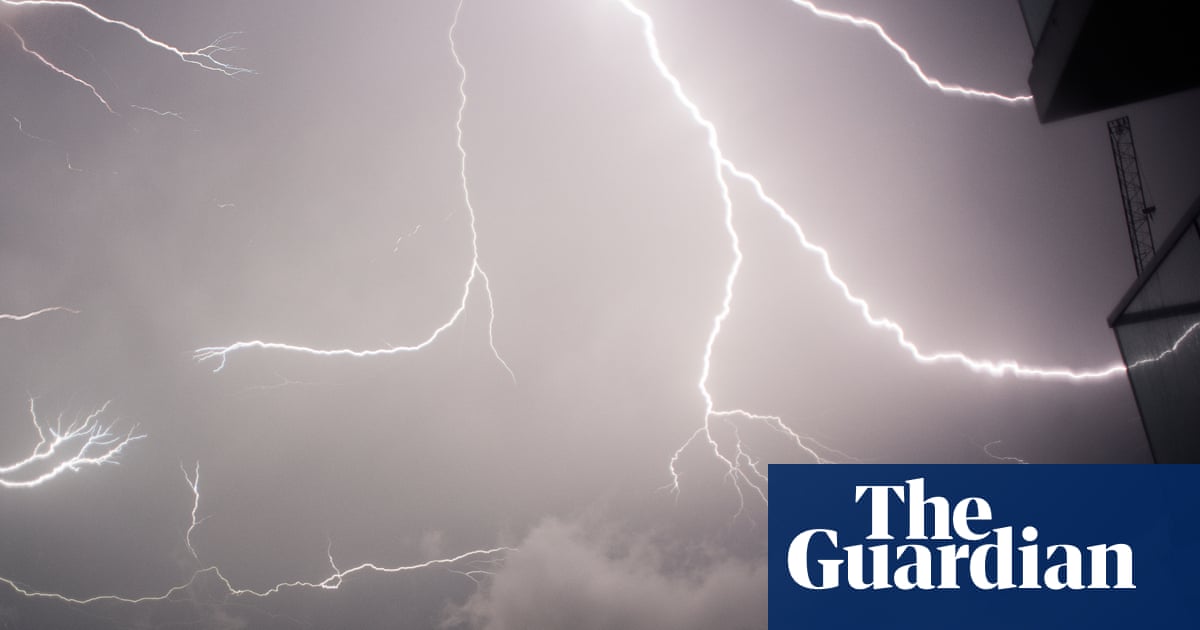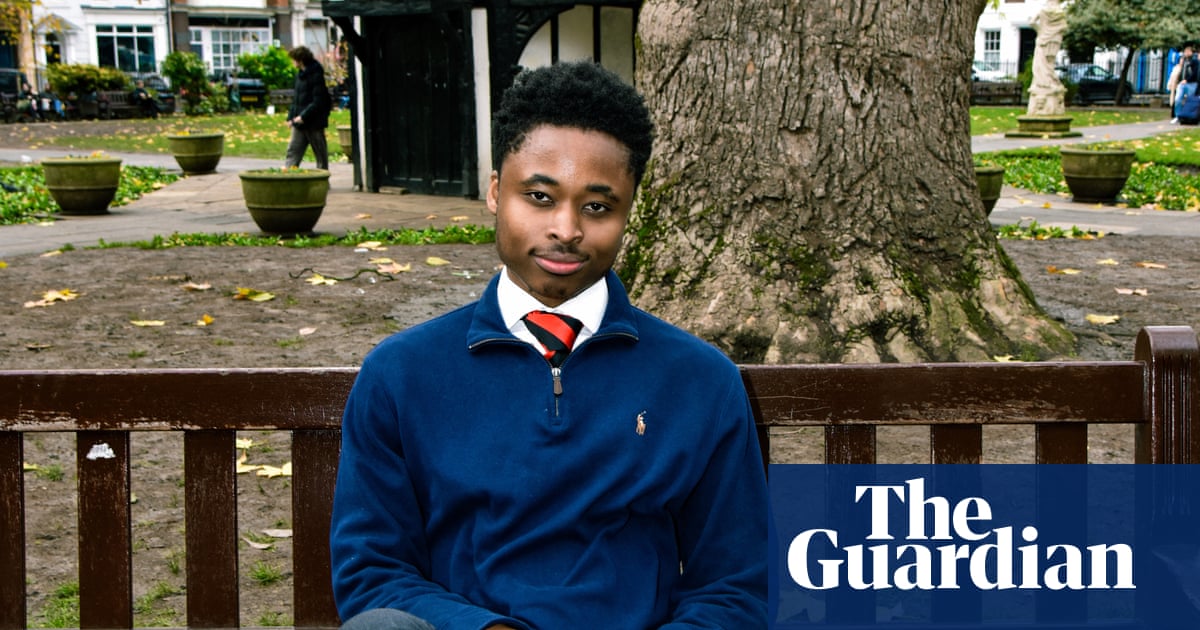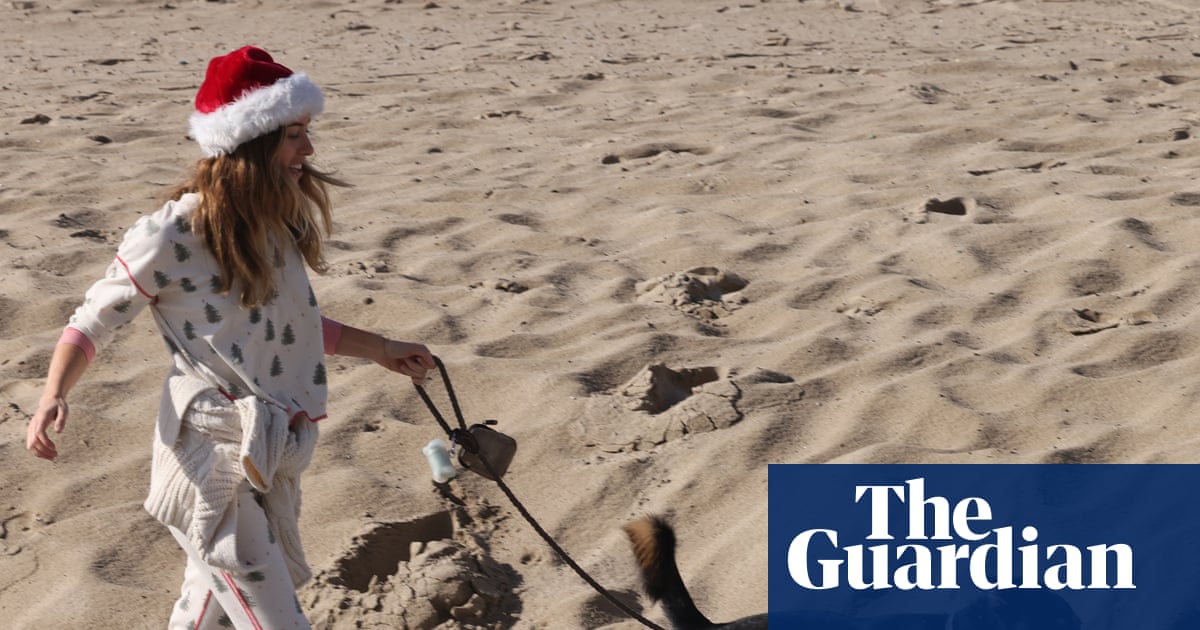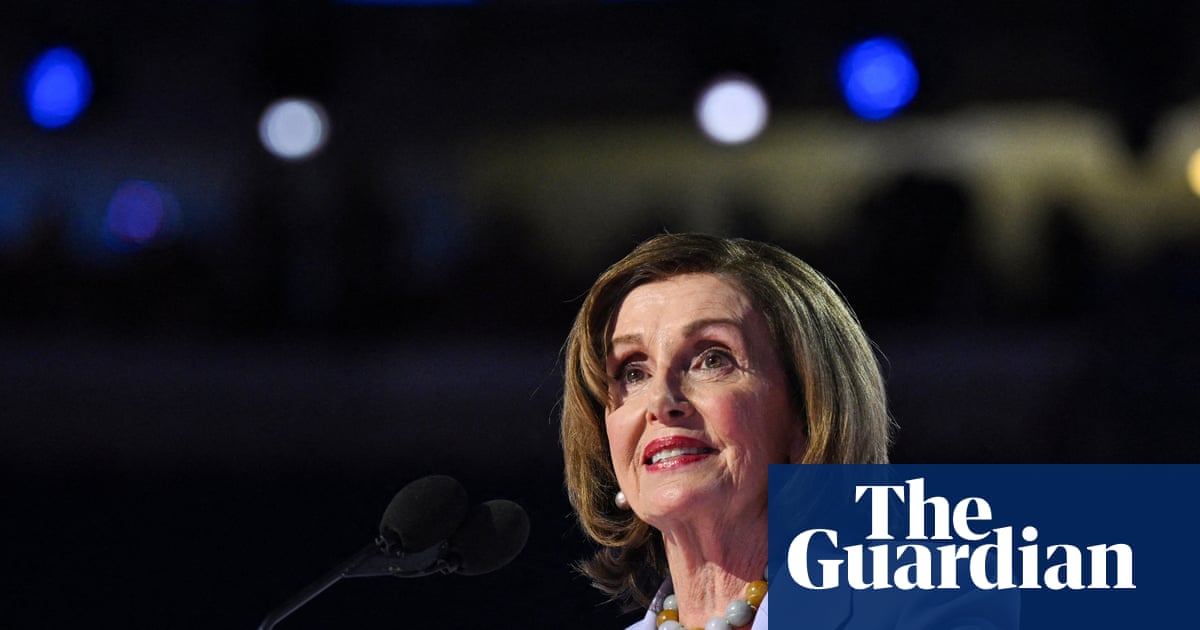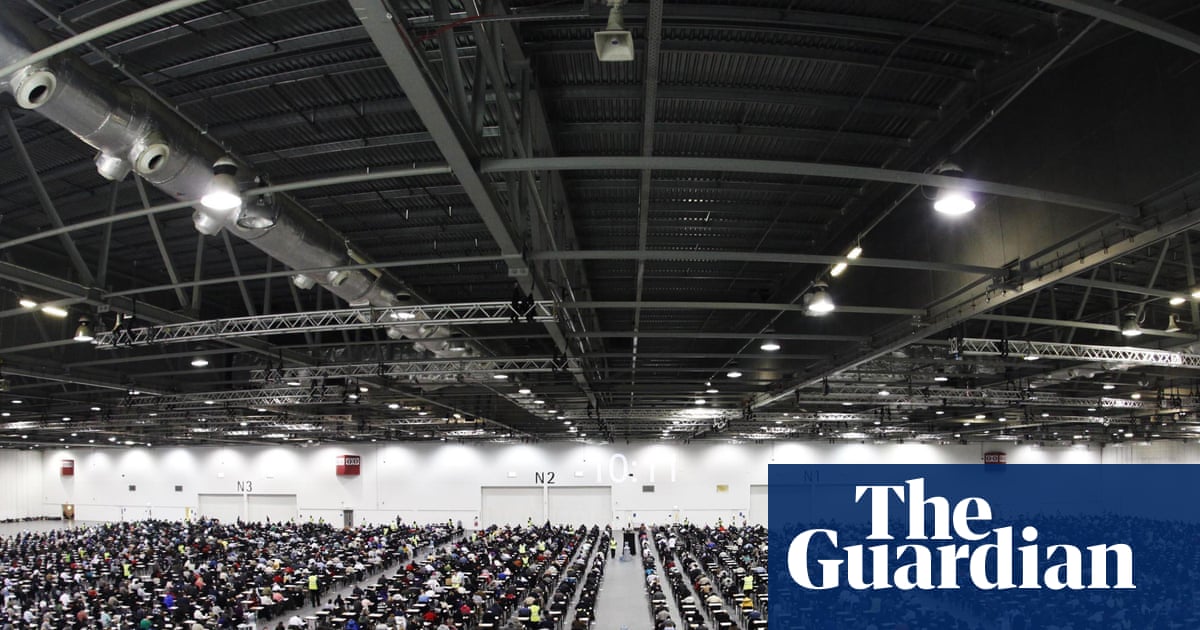A complicated stain on Pope Francis’s legacy is further explored in Nuns vs the Vatican, a sensitive and unsettling documentary following women whose sexual abuse allegations were long ignored by the Catholic church, and the broader system that protects and enables predators within.
Nuns, which is directed by Emmy winner in Lorena Luciano and executive produced by Law & Order: Special Victims Unit star Mariska Hargitay and premiered at the Toronto film festival on Saturday, largely centres around Gloria Branciani and Mirjam Kovac, who are among dozens allegedly victimized by Marko Rupnik, a former Jesuit priest currently awaiting canonical trial for sexual, spiritual and physical abuse.
Rupnik was excommunicated in 2020 for absolving the sins of a novice with whom he had sex. But that excommunication was lifted within the same month after Rupnik repented. One expert voice in the documentary points out that the excommunication could only have been lifted with authorization from Pope Francis.
Rupnik was also a renowned artist, painting mosaics that would hang in the Vatican. He is referred to in the documentary as the Michelangelo of the John Paul II papacy, exerting much of that influence to commit his alleged crimes.
In Nuns, Branciani, who, alongside Kovac, was part of the Ignatius of Loyola community that Rupnik co-founded in Slovenia, recounts how the Jesuit priest allegedly groomed and then sexually and psychologically abused her in ways that grew increasingly aggressive and violent in the early 90s.
He coaxed her into joining Loyola so she didn’t lose her connection to Christ. He would speak of religious art and iconography suggestively, describing paintings of the virgin mother revealing the baby Jesus’s leg sensually, for example. He would say that connecting with Catholicism involves both the spirit and the body, suggesting that sex with him is like touching the divine. Eventually, he cited the Holy Trinity in pursuit of an orgy with Branciani and another nun.
According to Branciani, when she reported the abuse, she was punished by Loyala’s mother superior, Sister Ivanka Hosta, and forced out of religious life by Father Tomáš Špidlík in Rome, who would even write the resignation letter on her behalf. These actions left her ostracized by the community she considered family and dealing with suicidal ideation, Branciani says.
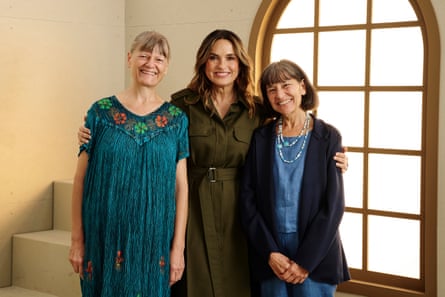
Branciani joins several others in Nuns who have experienced similar abuses across the Catholic Church, including Barbara Dorris, director at Survivors Network of those Abused by Priests (Snap), who describes being sexually abused, impregnated and forced to endure a life-threatening abortion with bleach by a doctor who shamed her viciously.
She is among the voices in the documentary painting a picture of how widespread these crimes can be – a 1994-95 study fielding anonymous responses reported that one in three nuns experience sexual abuse by a priest – and how the system ensures victims stay silent. Nuns, after all, take vows of poverty, chastity and silence, a system that isolates and make them easy prey, especially for the very priests they confess to, holding power not only over them but their families and communities. Rupnik himself is said to have reinforced that power dynamic by comparing God’s relationship to man as man’s relationship to women.
Adding to the problem, Dorris points out, is how priests would blame abuse on homosexuality, stigmatizing sexual orientation and erasing the victimization of women in the process.
The patriarchy in the church is in full view in the documentary when protesters approach a priest about the unveiling of more art from Rupnik despite the allegations against him – his art, which Catholics kneel and pray before, was created while he was allegedly perpetrating abuse. One priest simply responds on camera that there is malice behind such allegations.
The Vatican has since ordered all of Rupnik’s art to be removed from its websites, part of its slow response to allegations since Pope Francis first publicly admitted the abuse of nuns in a 2019 press conference held on his plane before a summit on the matter in the Vatican.
In 2021, Pope Francis amended the Vatican’s Code of Canon Law to allow for prosecution of priests charged with abusing adults. In 2023, in response to public backlash, he waived the statute of limitations in the Rupnik case, allowing Branciani and Kovac’s reports to be submitted.
Yet Rupnik’s case, following years of the priest being moved between dioceses, will still be tried under the Vatican’s canon law, which has long operated to protect the church, as opposed to a criminal court. The difference, as one expert in the documentary points out, is that his abuses would not be treated as a crime, but a sin.

 3 months ago
45
3 months ago
45




